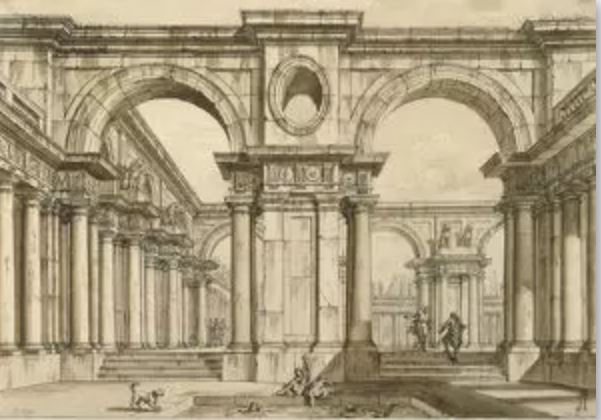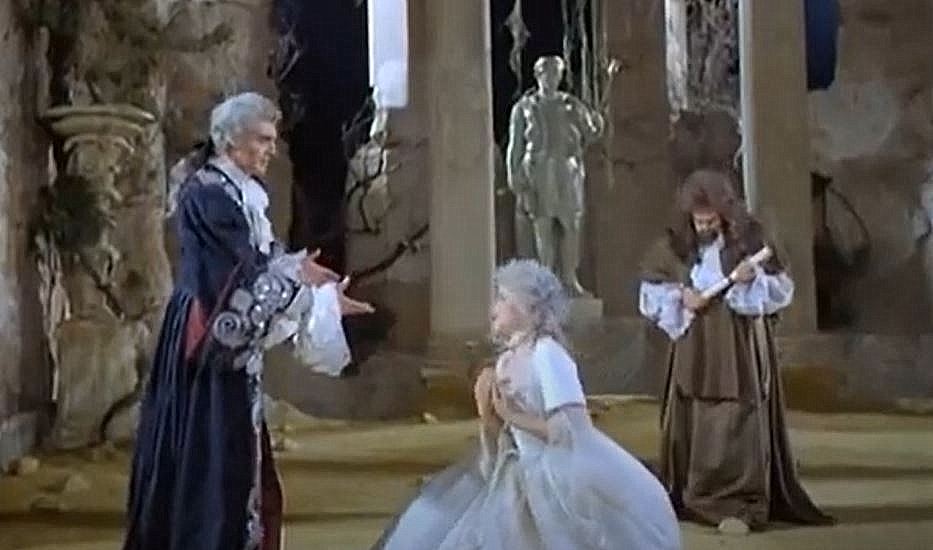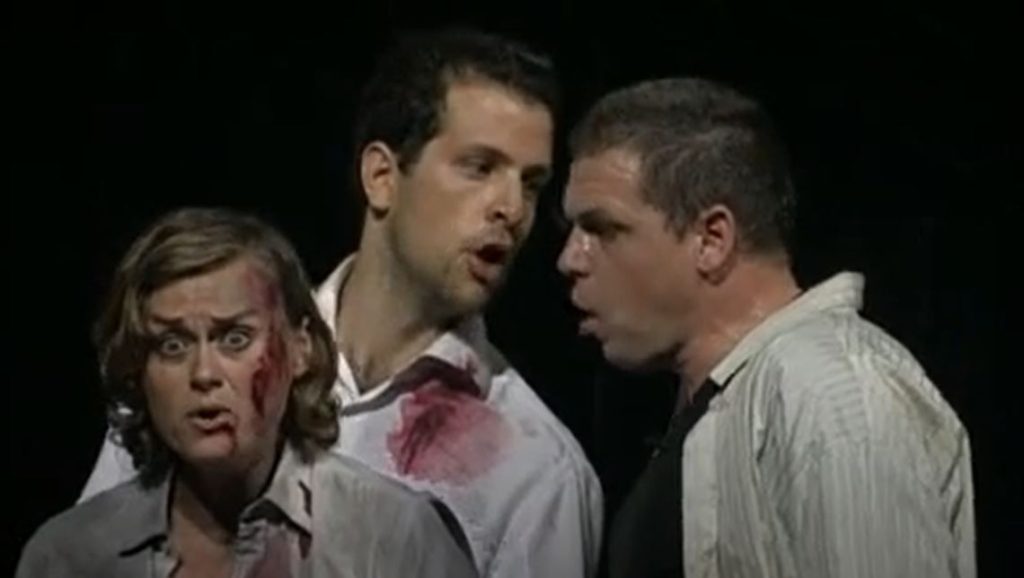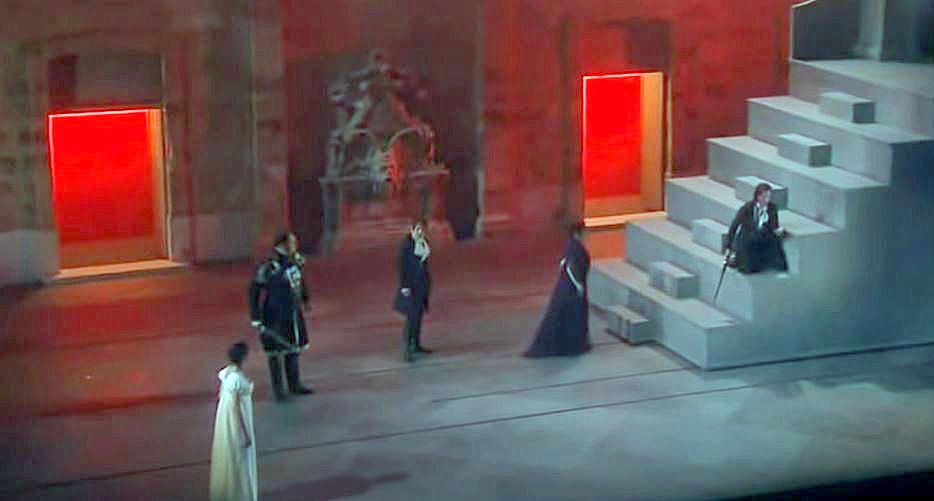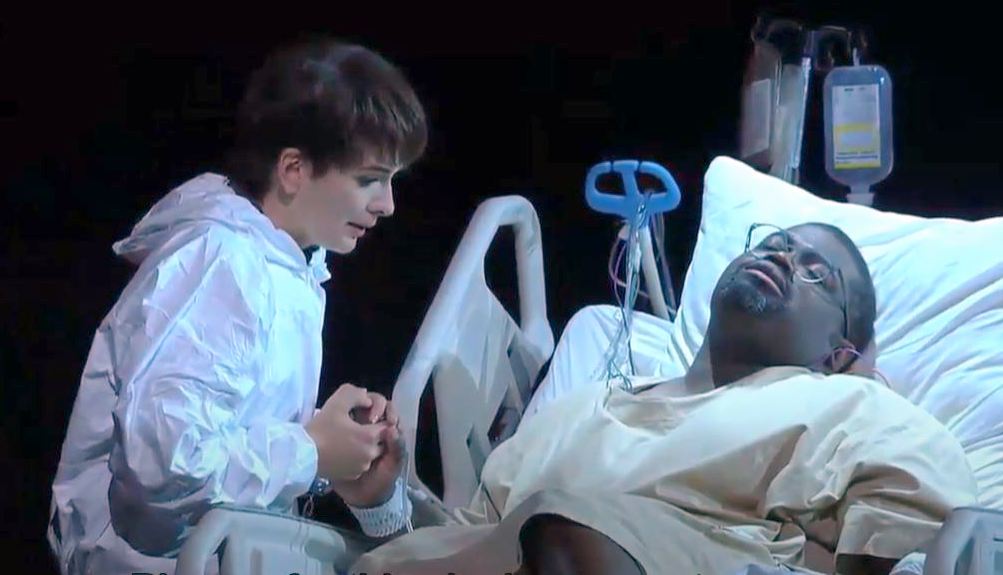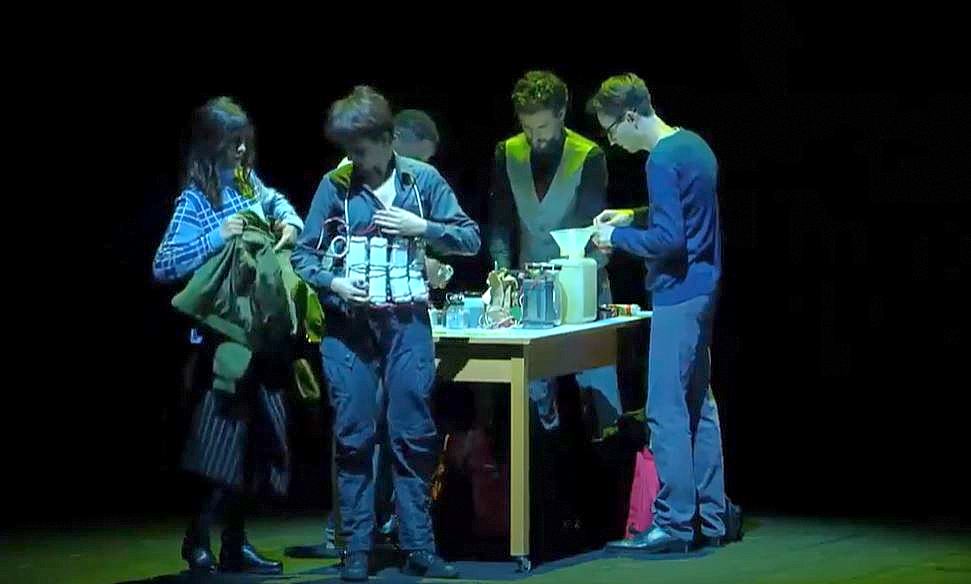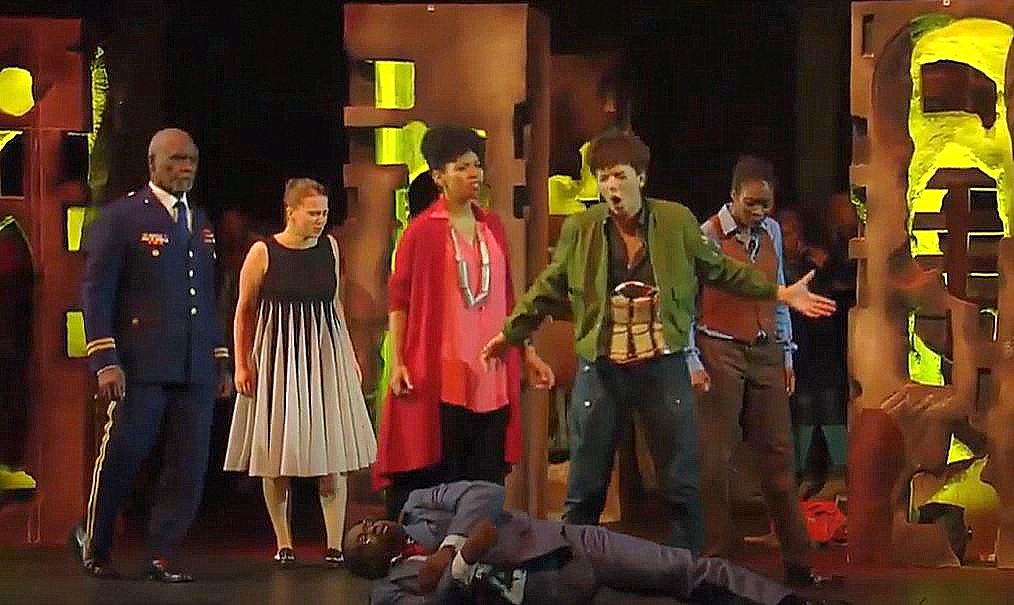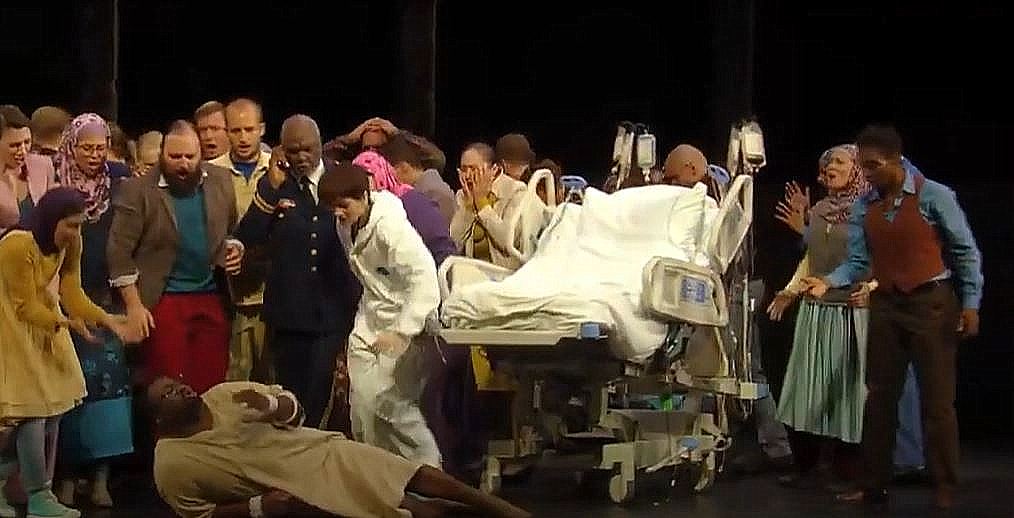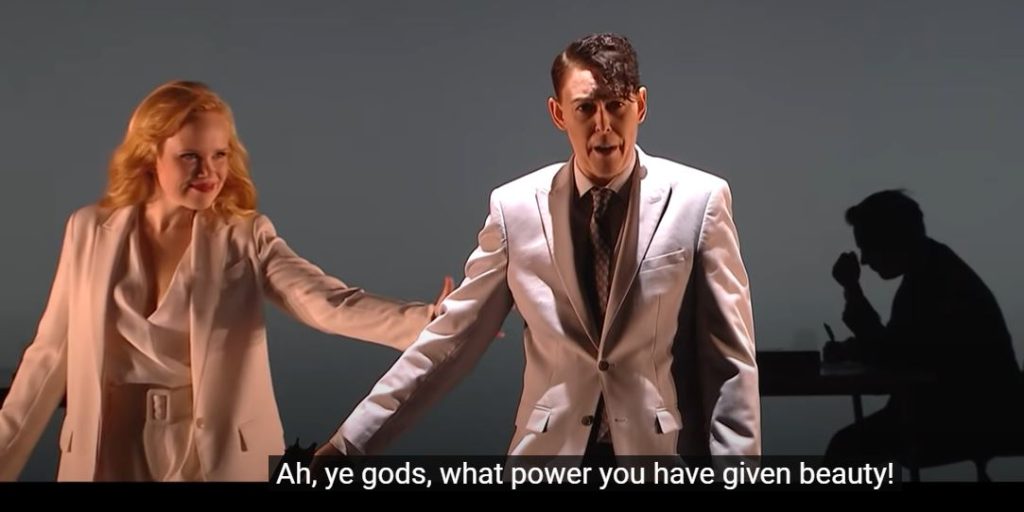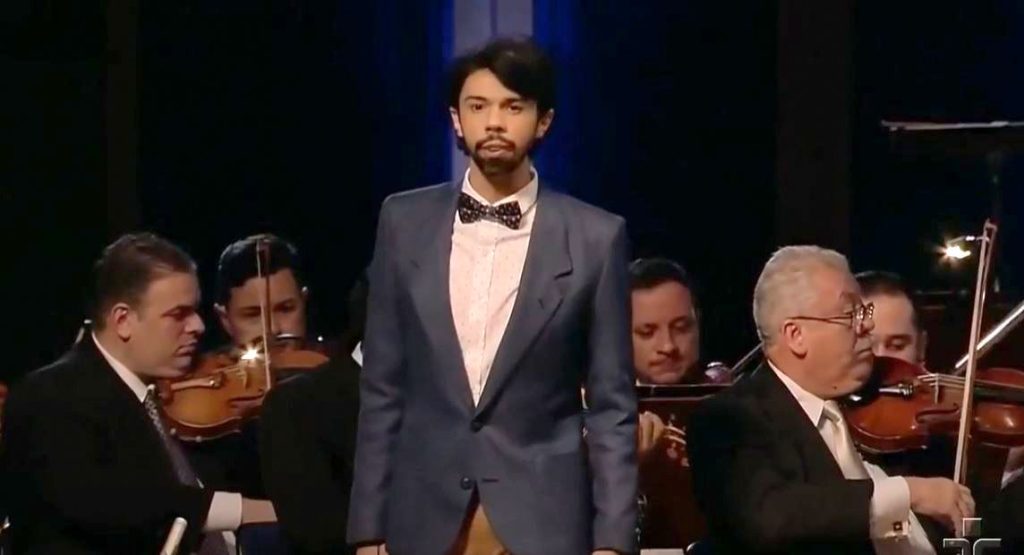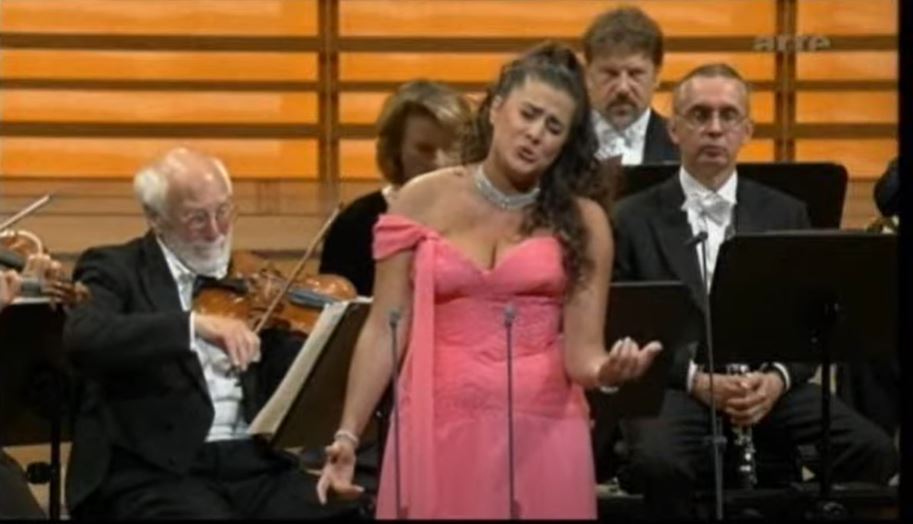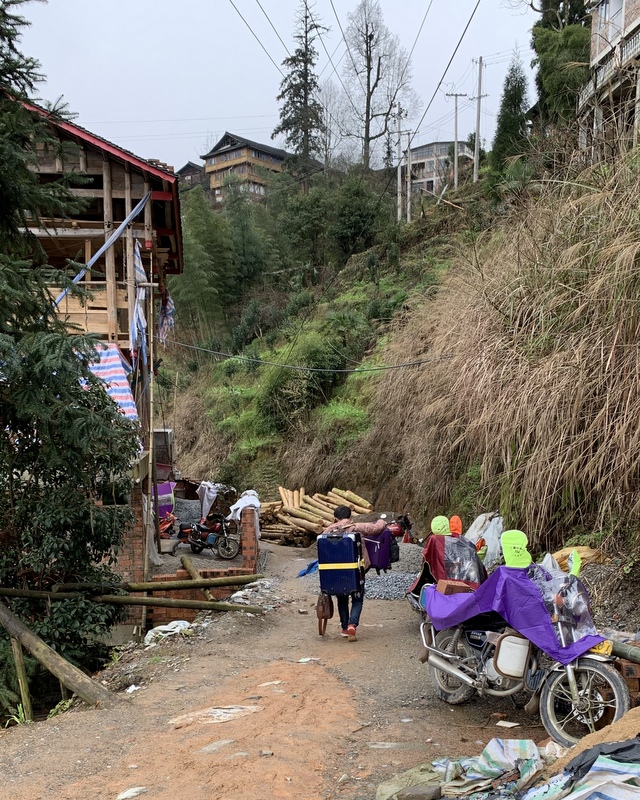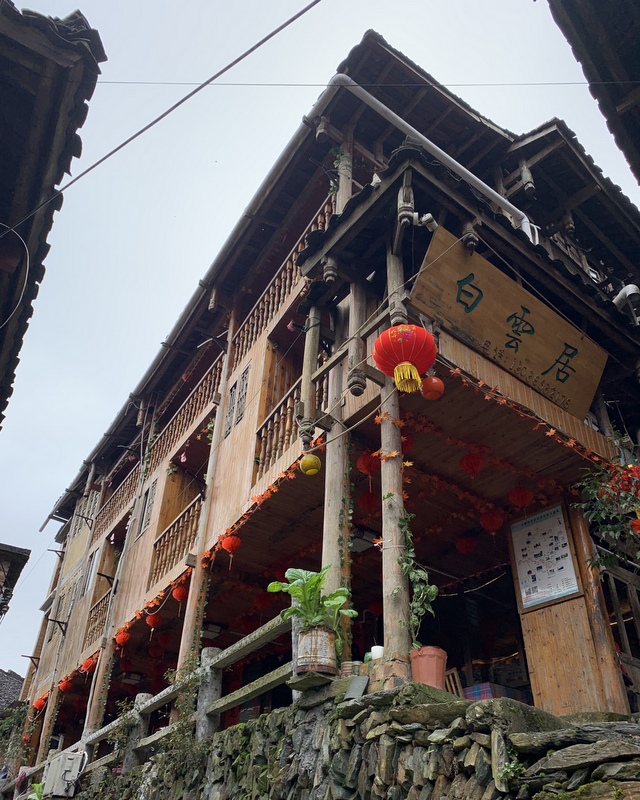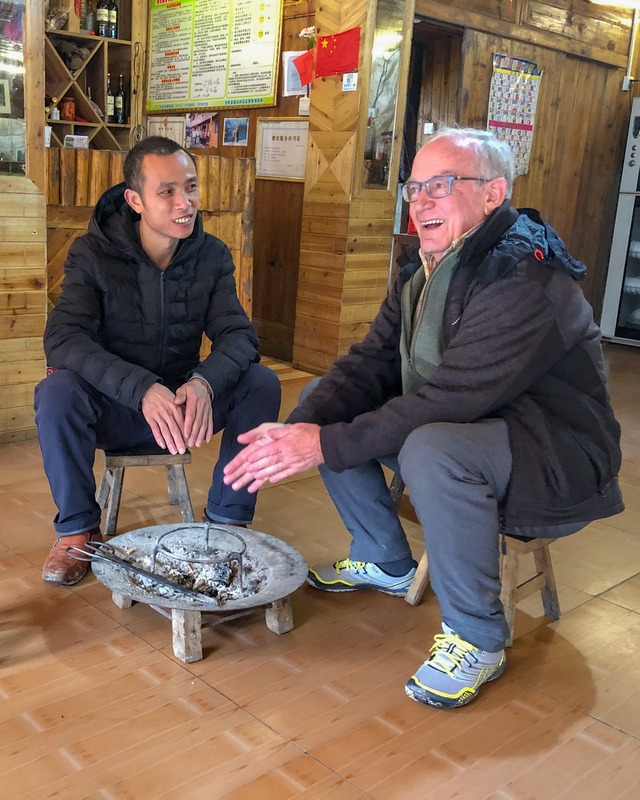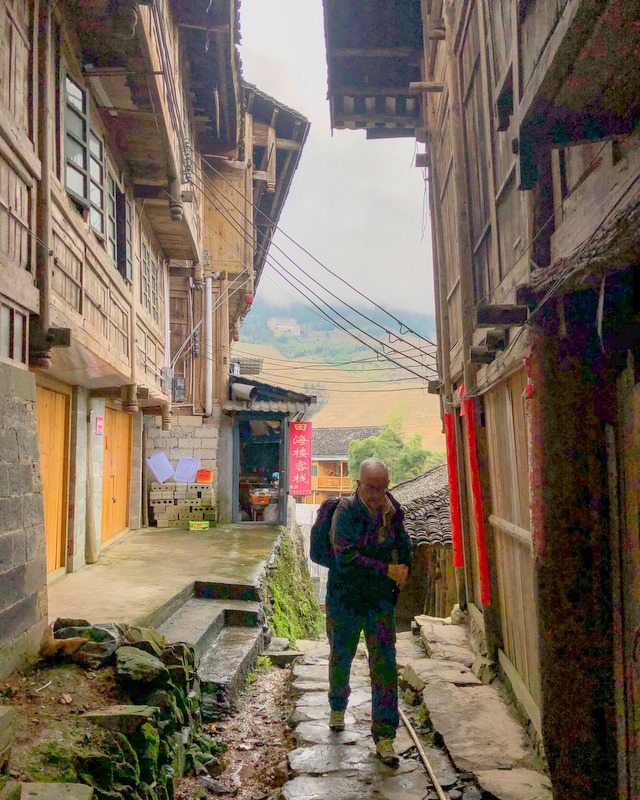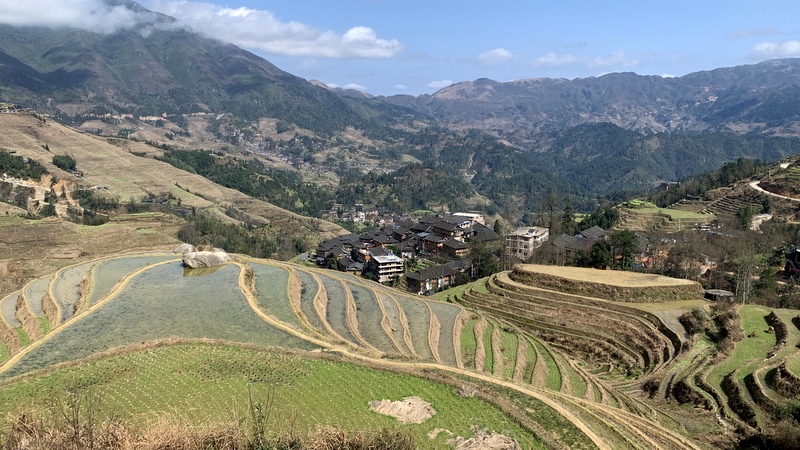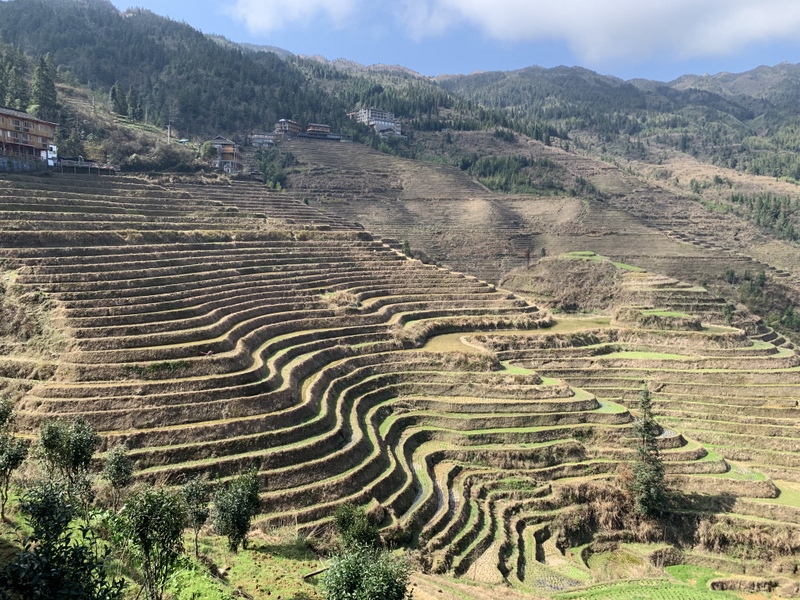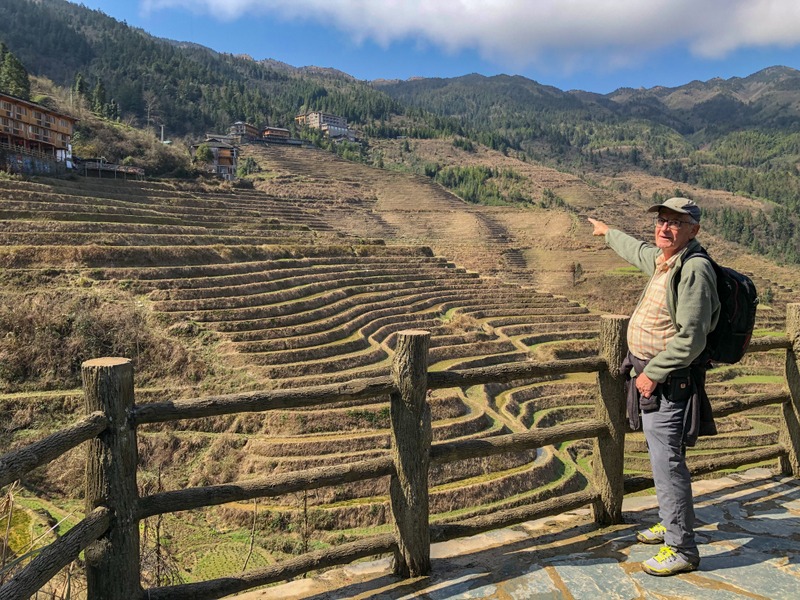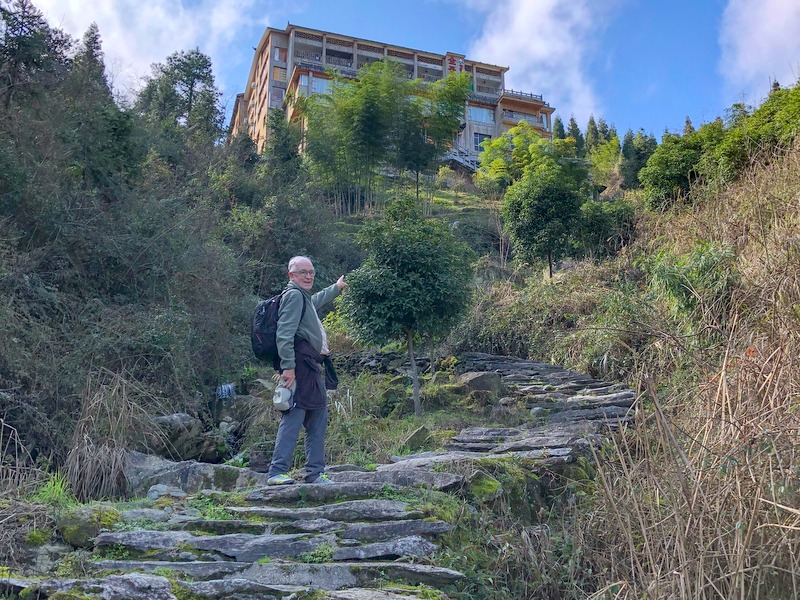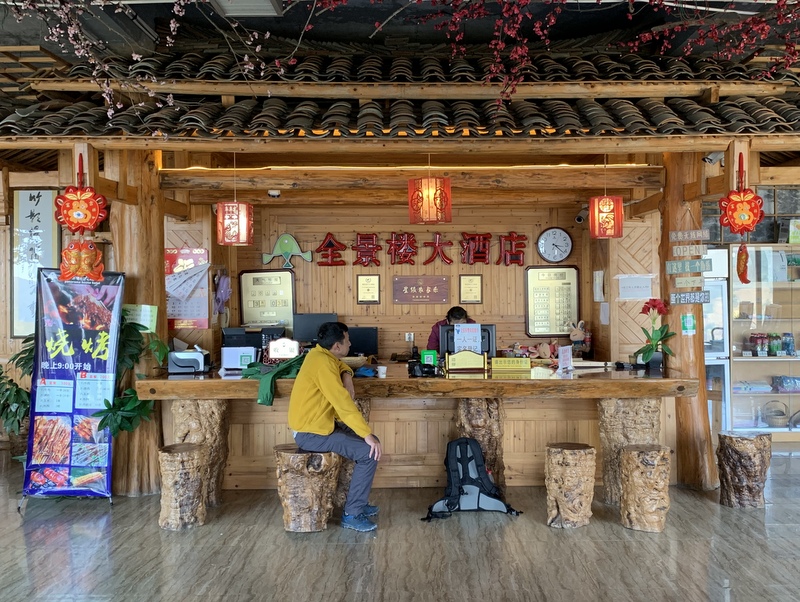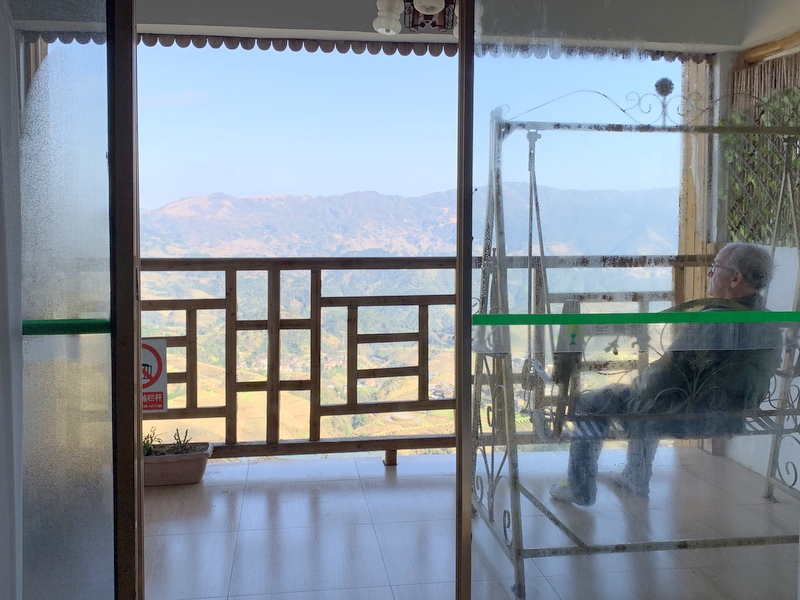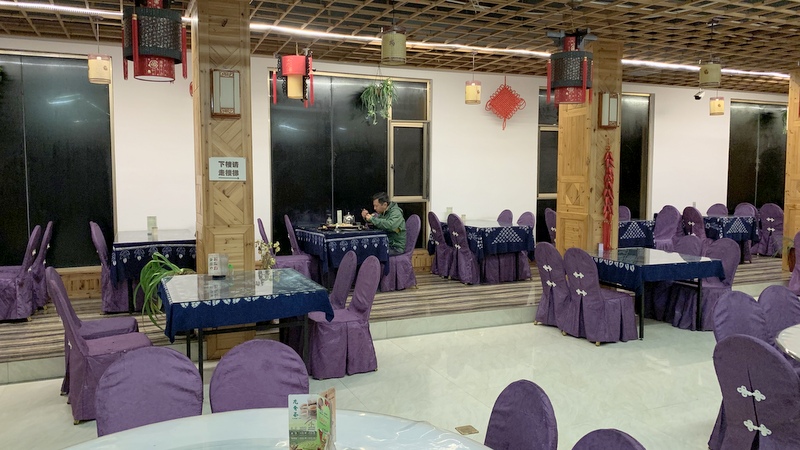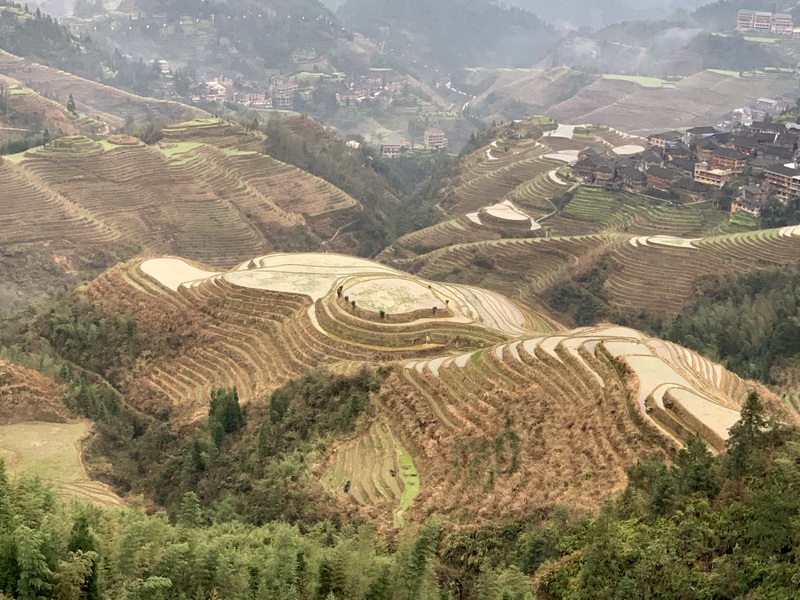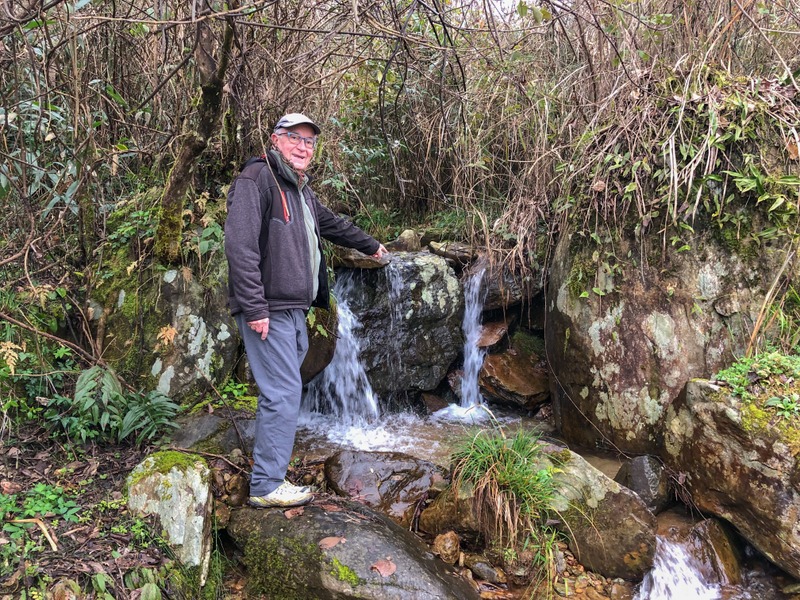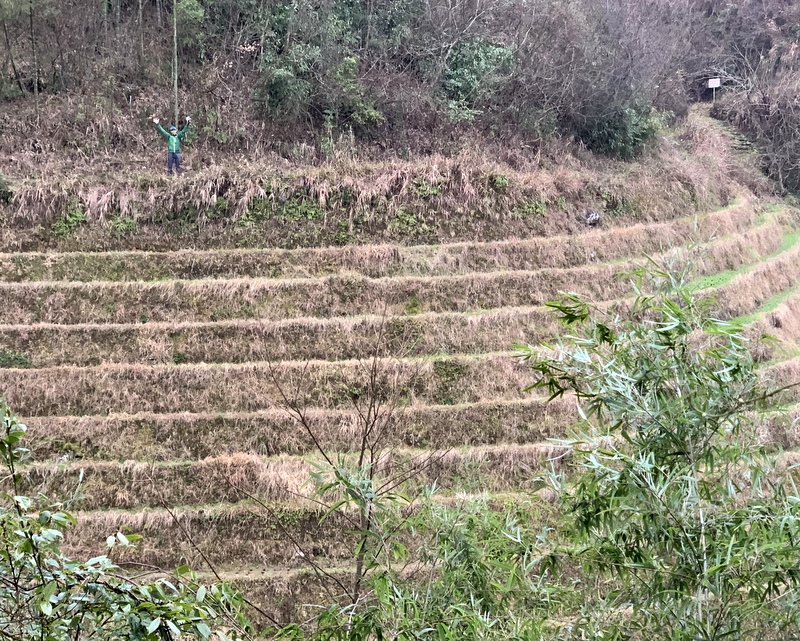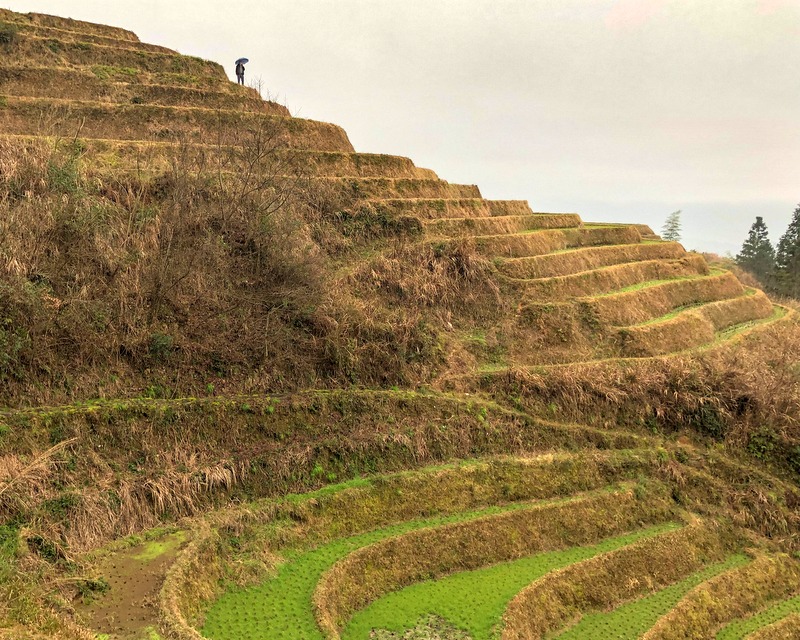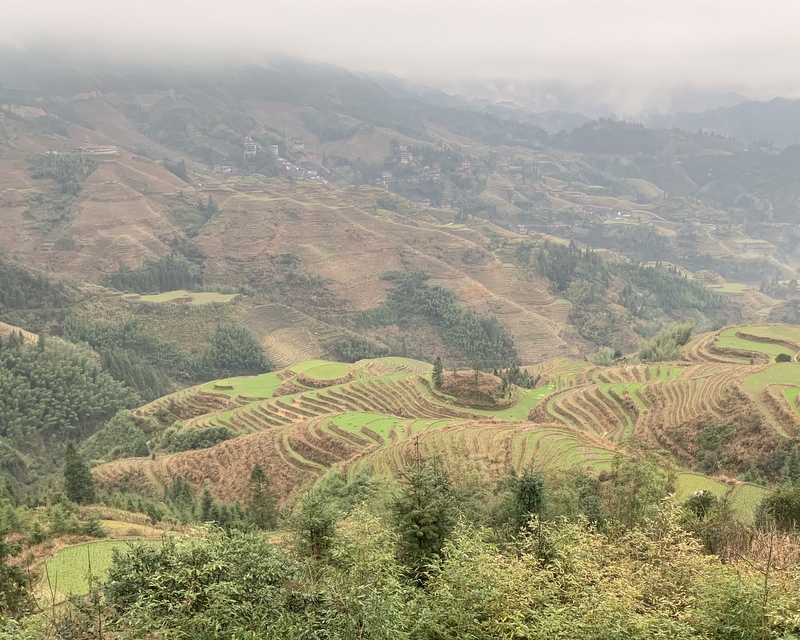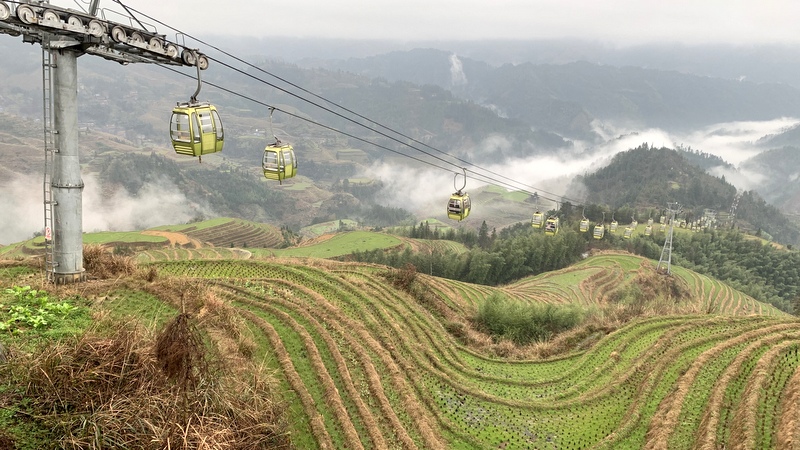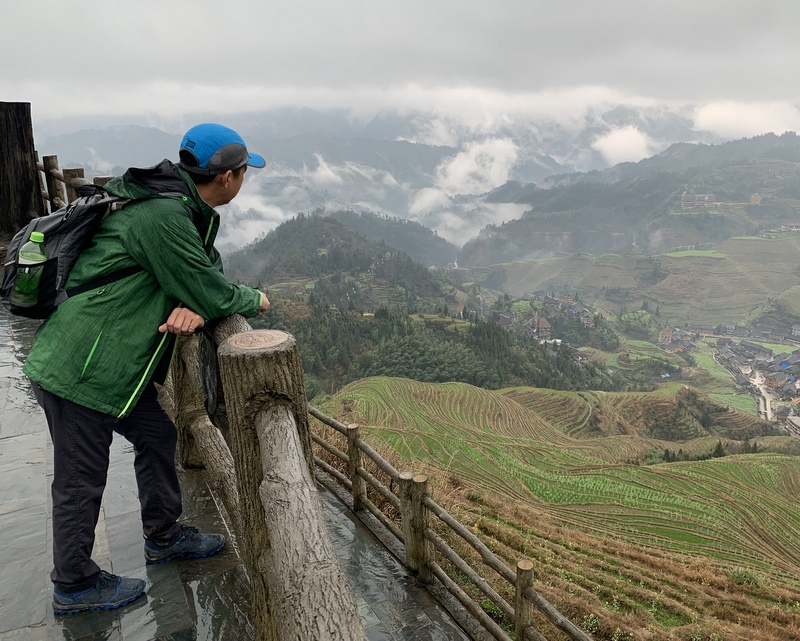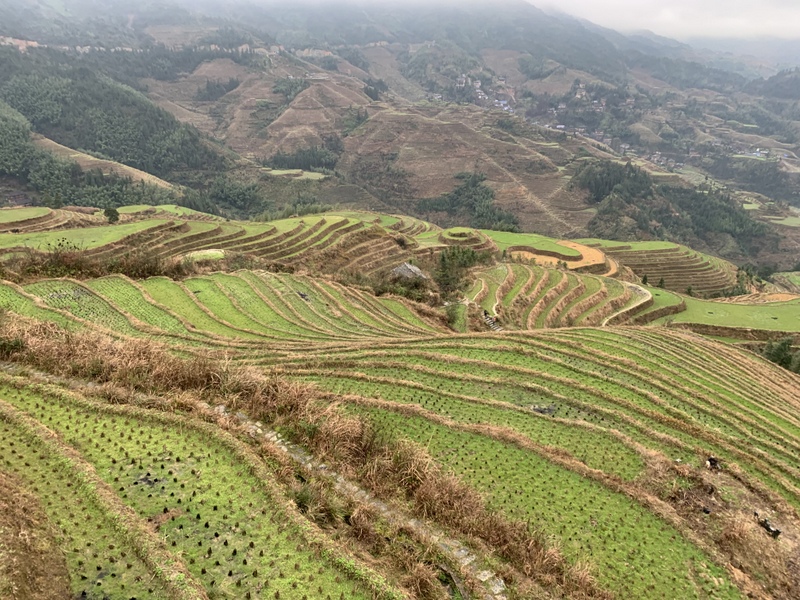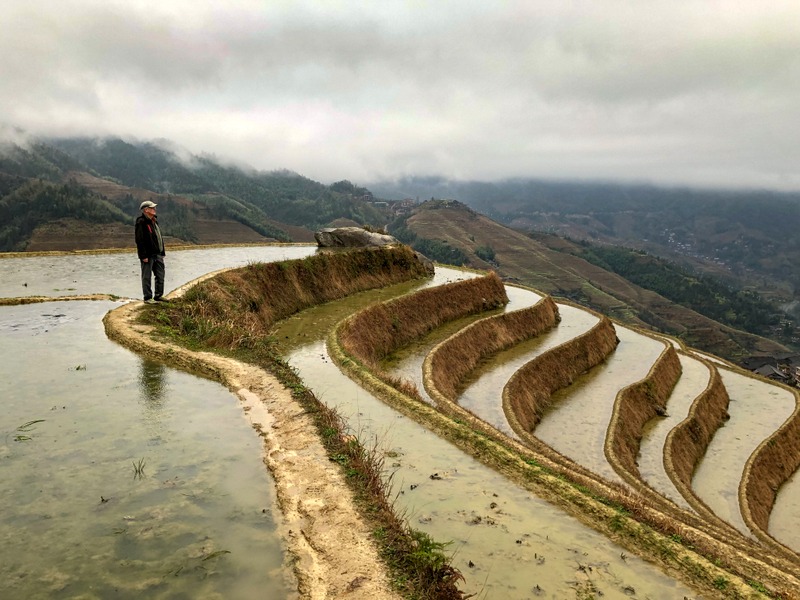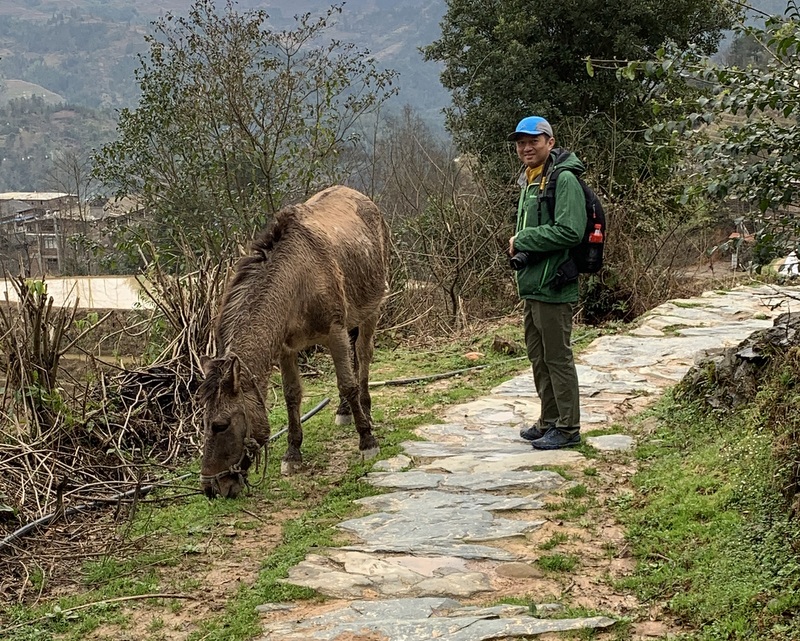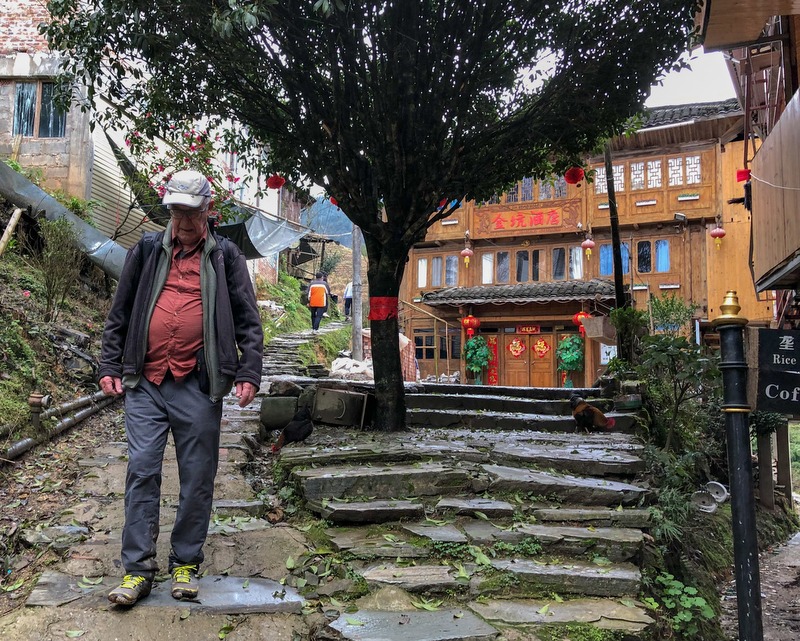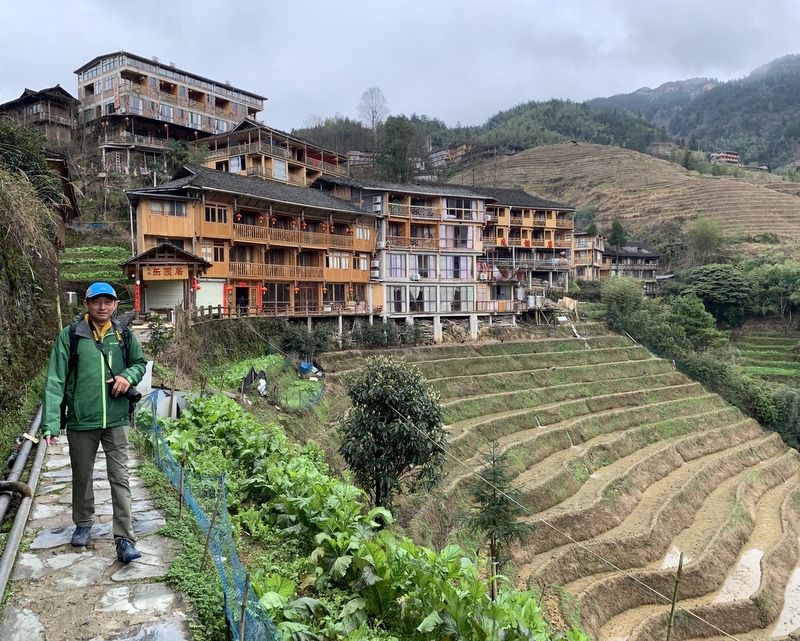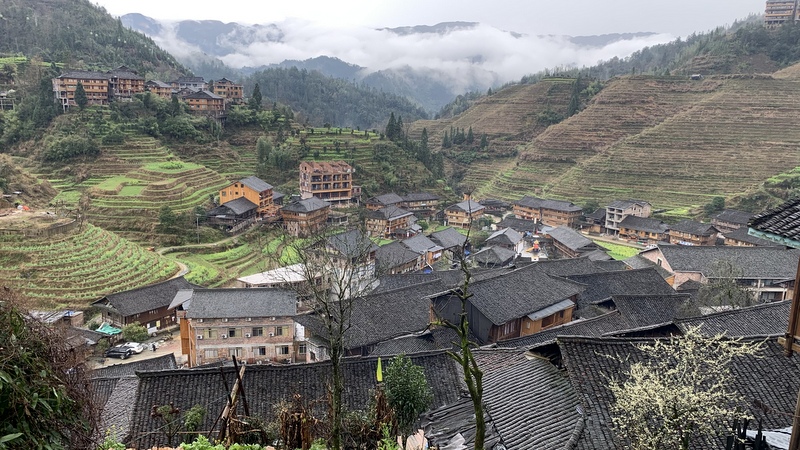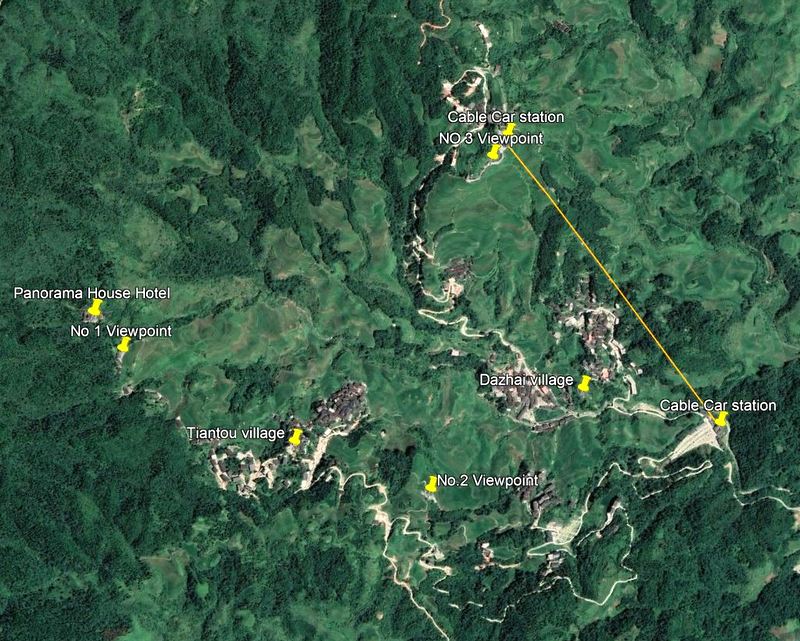In my blog post Rinaldo I wrote in the final paragraph: “Actually I am not a real opera fan. Many of the famous operas (by Verdi, Wagner, Puccini etc) do not appeal to me. But I love Baroque operas (and of course Mozart),”
In 2018 I wrote a blog post about Mozart’s first opera, Apollo et Hyacinthus, composed in 1767 when he was 11 year old. In this post I will write about his last opera, La Clemenza di Tito, composed a few months before his death in December 1791.
Probably most of you will have seen the movie Amadeus (1984), one of the greatest films of all time. The movie was not meant to be historically correct and obviously is not. A fascinating, accurate description of Mozart’s last year can be found in this report: Mozart’s final year and death – 1791. Worthwhile to read it.
The Clemency of (Roman emperor) Titus was a popular topic for operas in the 18th century, after Metastasio wrote the libretto in 1734. Here is a list with more than forty (!) composers who used the libretto for their version of La Clemenza di Tito. I found two recordings on YouTube , one by Antonio Caldera (1734) and one by Christoph Willibald Gluck {1752).
In 1790 the Holy Roman Emperor Joseph II died. He plays an important and often hilarious role in the movie Amadeus and I can not resist the temptation to show here a scene from the movie.(click on the image).
Joseph’s younger brother Leopold II succeeded him as Roman Holy Emperor, King of Hungary and Bohemia, and Archduke of Austria. The coronation as King of Bohemia took place on 6 September in Prague and Mozart was commissioned to write an opera for the occasion, based on Metastasio’s libretto.
Mozart accepted the commission although he was very busy with Die Zauberflöte and the Requiem and managed to write the opera in about two weeks time . Metastasio’s libretto was modified by court poet Mazzolà and condensed into two acts. The première was not a success and for a long time this traditional opera seria was considered a kind of failure, compared with Cosi fan tutte, Don Giovanni and Die Zauberflöte. It is only during the last thirty years that a re-assessment has taken place. Here is a very informative article: La Clemenza di Tito: Mozart’s Operatic Failure?
After this introduction, i will write separate paragraphs about the historical background of the opera, its structure and some of the modern performances.
Historical background
In 69 CE Roman emperor Nero died. A chaotic succession struggle followed with four emperors in that year, Galba (killed), Otho (suicide), Vitellius (killed) and finally Vespasianus. When Vespasianus died in 79, his son Titus (39-81) became Roman emperor.
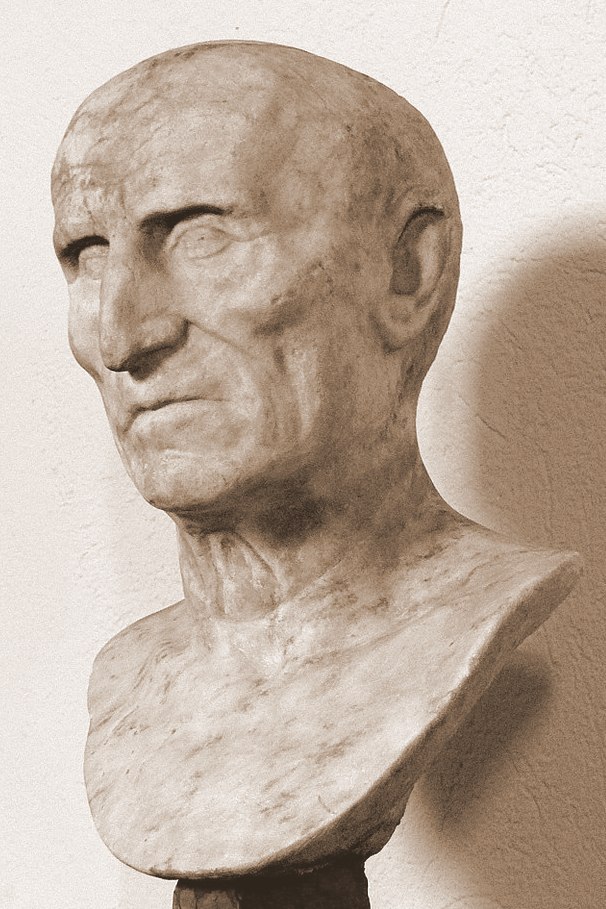
Galba 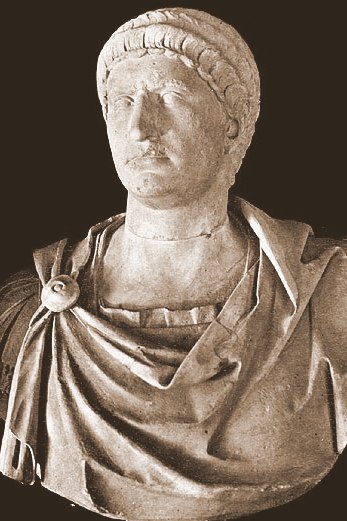
Otho 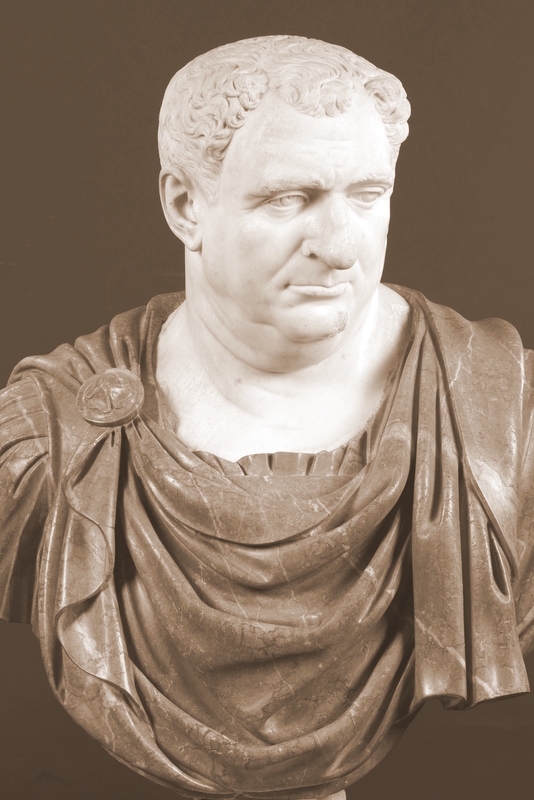
Vitellius 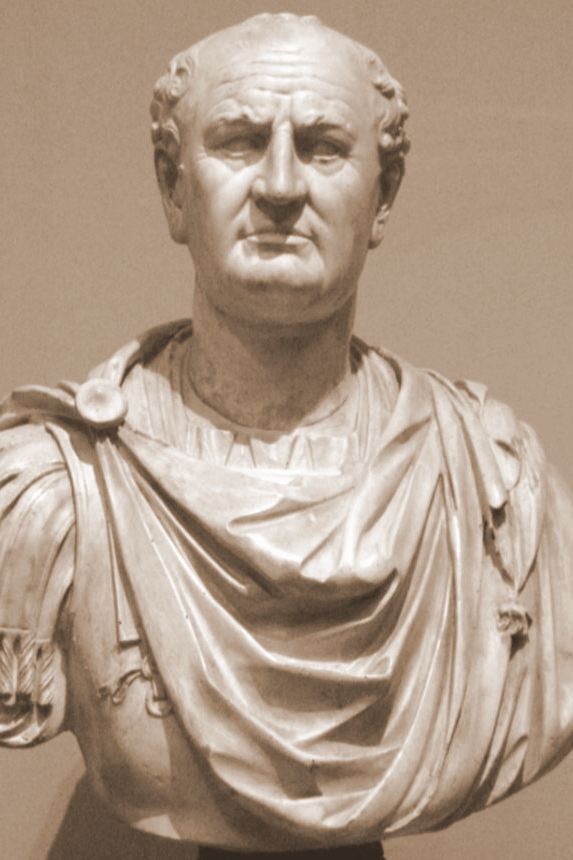
Vespasianus 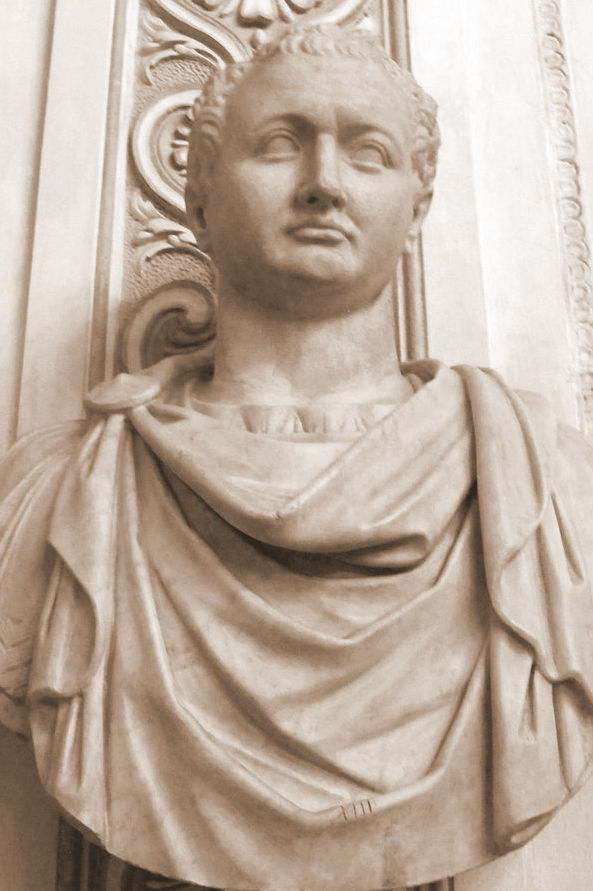
Titus
He had been married twice. and was in a controversial relationship with Berenice, a Jewish princess, when he became emperor. He was a fair, benevolent ruler. During his short reign he became popular for his generosity after the eruption of the Vesuvius and a big fire in Rome. He also completed the Colosseum. His reign was short, after only two years he died of a fever.
Structure of the opera
The opera is only vaguely related to Roman history. It is set in 79 CE, just after the eruption of Vesuvius. There are six roles.
- Titus, Roman emperor: tenor
- Vitellia, daughter of the deposed emperor Vitellius :soprano
- Sextus , a young man, friend of Tito and deeply in love with Vitellia : castrato
- Servilia, the sister of Sextus : soprano
- Annius, close friend of Sextus and in love with Servilia: soprano (en travesti)
- Publius , the commander of the Pretorian guard : bass
The opera consists of two acts. Mazzolà’s libretto can be found here (Italian and English). Here is a synopsis.
Act 1
Vitellia is furious that Titus is planning to marry Berenice, urges Sextus to kill Titus, but takes this back when Annius tells that Titus will send Berenice home. Sextus and Annius meet Titus who tells them that he will take Servilia as his bride. Vitellia is furious again and persuades Sextus, who this time leaves to kill (his friend!)Titus. Servilia tells Titus that she loves Annius and Titus then decides to take Vitellia instead as his bride. When Vitellia hears this, she is upset, but it is too late, Rome is burning already and according to Sextus, Titus has perished.
Act 2
Annius tells Sextus that Titus is still alive. Sextus is relieved, confesses that he has betrayed Titus and wants to leave the country. Annius convinces him to stay and hope for leniency from Titus. Vitellia urges him to flee, but Sextus tells her that he will never betray her. Then Publius arrests Sextus, he has mistakenly wounded Lentulus, who was dressed as emperor , but has survived the attack. The Senate will judge him. Titus can not believe that Sextus is guilty. But Sextus has confessed and the Senate has condemned him. Titus hesitates to sign the verdict and wants to see Sextus first. Sextus, to protect Vitellia, doesn’t explain his action. Titus signs, then tears the judgment. Annius and Servilia plead with Vitellia to ask Titus for clemency..Vitellia decides to confess. Before Titus can pardon Sextus, Vitellia tells Titus that she was the main conspirator. Titus is shocked, but then decides to pardon everybody.
It is quite interesting to compare this synopsis with the original one by Metastasio. .There the first act ends with Publius telling Vitellia that she will become the new empress. It is only in Act 2 that the fire and uproar occur with Sextus confessing that he is responsible. This act is full of drama. Here is one example: Sextus is wearing a blood-stained cloak with a red ribbon, so other conspirators can recognise each other. After Annius tells him that Titus is alive, he convinces Sextus to visit the emperor and ask for leniency. They exchange their cloaks. When later Annius meets Titus, the red ribbon is seen and Annius is arrested, only to be released after Publius tells that Lentulus has identified Sextus as the attacker.. The act ends with Sextus being led away and Vitellia worried that her guilt will be revealed soon.
In my opinion the Metastasio “story” is more interesting than the Mazzolà one. But musically Mazzola did a good job, Mozart praised him that the libretto had been “reworked into a true opera” The Metastasio libretto is a series of recitatives and arias, Mazzolà adds trio’s ,duets and even a sextet at the end of the opera, where all six singers take part.
Performances
When the commission for La Clemenza was given to Mozart, it was stipulated that the opera should contain roles for two famous Italian singers in those days, a prima donna soprano and a castrato. It resulted in Vitellia and Sextus. In the original libretto also Annius was sung by a castrato. The stage may have looked like this:
Nowadays we don’t have castrati anymore (see my blog Countertenors and Castrati) ,the roles of both young men are usually sung by (mezzo)sopranos.
I have found a number of recordings on YouTube and selected a few for this blog, The earliest one is the film version (1980) of a performance by Jean-Pierre Ponnelle (1969), when La Clemenza di Tito was still virtually unknown. The video quality is not perfect, but acceptable.. The mise-en scene is traditional, classical surroundings, although the costumes are more 18th century than Roman. In the picture Servilia is telling Tito that she is in love with Annius. Publius watches. When you click on the picture, you can listen to the YouTube. When you are not familiar with this opera, it is a good introduction, because the video has English subtitles.
In Harnoncourt’s version (2003) the setting is a nondescript apartment building (car park?) and the costumes are modern. I am not a fan of this kind of approach. In the screenshot Sextus meets Titus and Publius after he has been arrested. Maybe useful to mention that Titus is standing at the right. Click on the picture for the opera.
Here is the version of Colin Davis in 2011. The screenshot shows the quintet at the end of Act 1. Rome is burning, Sextus is almost confessing that he killed Titus, Vitellia stops him. Servilia, Publius and Annius watch, shocked by the disaster. Subtitles in French.
And yes, the screenshot below is also from La Clemenza di Tito! The 2017 version by Sellars, where Tito has been mortally wounded and talks with Sextus on his deathbed. When I first watched the video, I was stunned and considered writing a blog “The rape of an opera ” Click on the picture, watch the opera and probably/hopefully you will be stunned as well..
Sellars tweaks the story beyond recognition, from the start until the end. During the ouverture, before the opera even starts, Titus picks Sextus from the crowd and “couples” him to Vitellia. But Sextus is a close friend of Tito and deeply in love with Vitellia., his emotional struggle between his love for Titis and for Vitellia is an essential part of the opera.
Sellars introduces at 56:47 an intermezzo in act 1 where Sextus is being prepared to become a suicide bomber. A terrorist instead of a traitor! The music played is not from the opera, but from Adagio and fugue in C minor, K. 546 ! Sellars does this 5 more times, at 22:07 , 38:03, 1:20:18 , 1:47:27 (parts from the Mass in C minor, K. 427) and at 2:38:12 after the opera has ended (Maurerische Trauermusik K. 477)
Here is a screenshot of the quintet at the end of act 1. Rome is burning the singers lament and Sextus almost confesses. In front of them lies Titus, mortally wounded by Sextus.
One last screenshot of the sextet at the end of Act 2. Titus has forgiven everybody and takes his last breath, singing in full force : Cut short, eternal gods, cut short my days on that day when the good of Rome ceases to be my care. To be honest, I found it a bit hilarious.
It can not be denied that the Sellars version is visually and musically spectacular. But personally I still think that it is unacceptable what he has been doing.
Let me finish this blog with some remarks about the roles of Sextus and Annius, originally sung by castrati. In modern recordings they are usually sung by (mezzo)sopranos. It means that the two love couples are sung by four female voices. In my opinion Sextus and Annius should be sung by countertenors or sopranistas. I know of only one YouTube recording where Sextus is sung by a countertenor, a 2021 (!) performance in Bergen. Sextus sings here the aria Parto, ma tu ben mio (I go, but, my dearest,..), probably the most famous aria from the opera.
The aria is so famous that it has often been recorded separately. I will give a few examples. Here is a recording from the Sellars version. The aria is accompanied by a basset clarinet and Sellars had the brilliant idea to make it a duet on stage between Sextus and the clarinet player. Click on the screenshot for the video. Fascinating. Sung by Marianne Crebassa, dressed as a man, but still very obviously a lady.
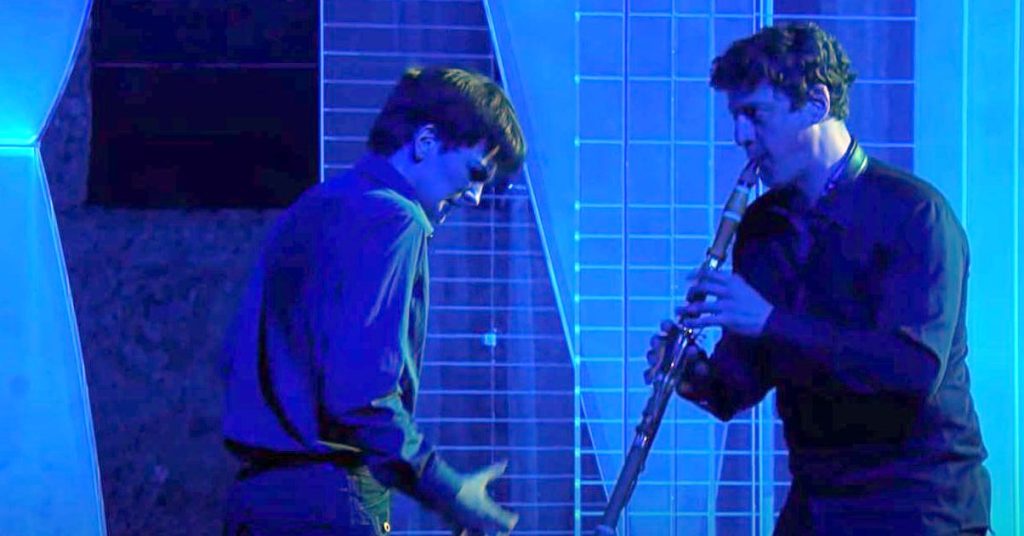
Here is the same aria sung by Kangmin Justin Kim , a young South Korean countertenor.
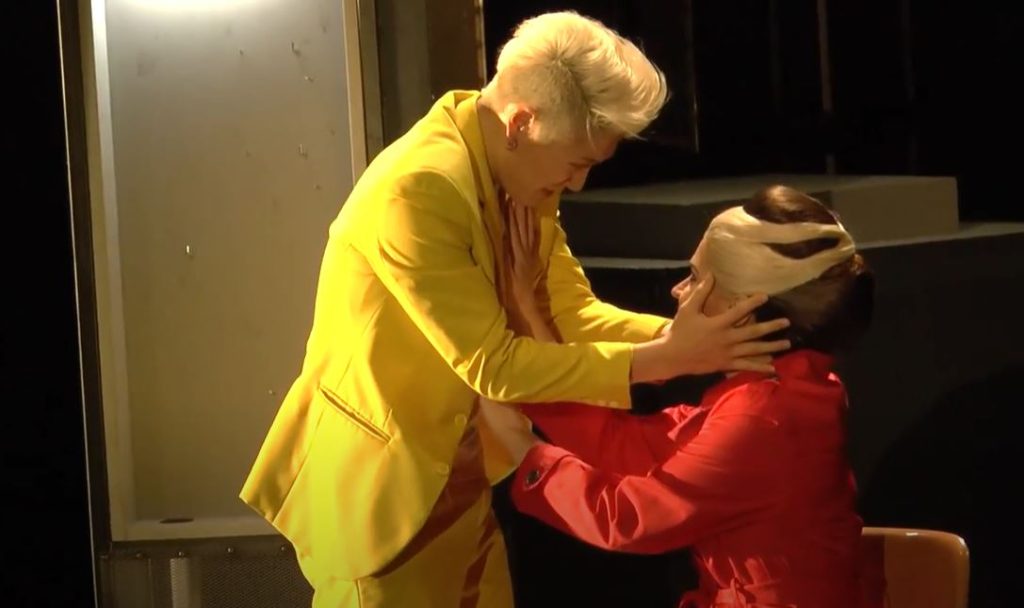
And here is a recording of the aria sung by Bruno de Sá, a male soprano/countertenor.
As last one here is Cecilia Bartoli. No attempt to cross-dress 😉 I am a fan of her.
For many years La Clemenza di Tito has been a favourite Mozart opera of mine. For this blog I have been listening numerous times to the various recordings. Never boring, it is still a favourite.


